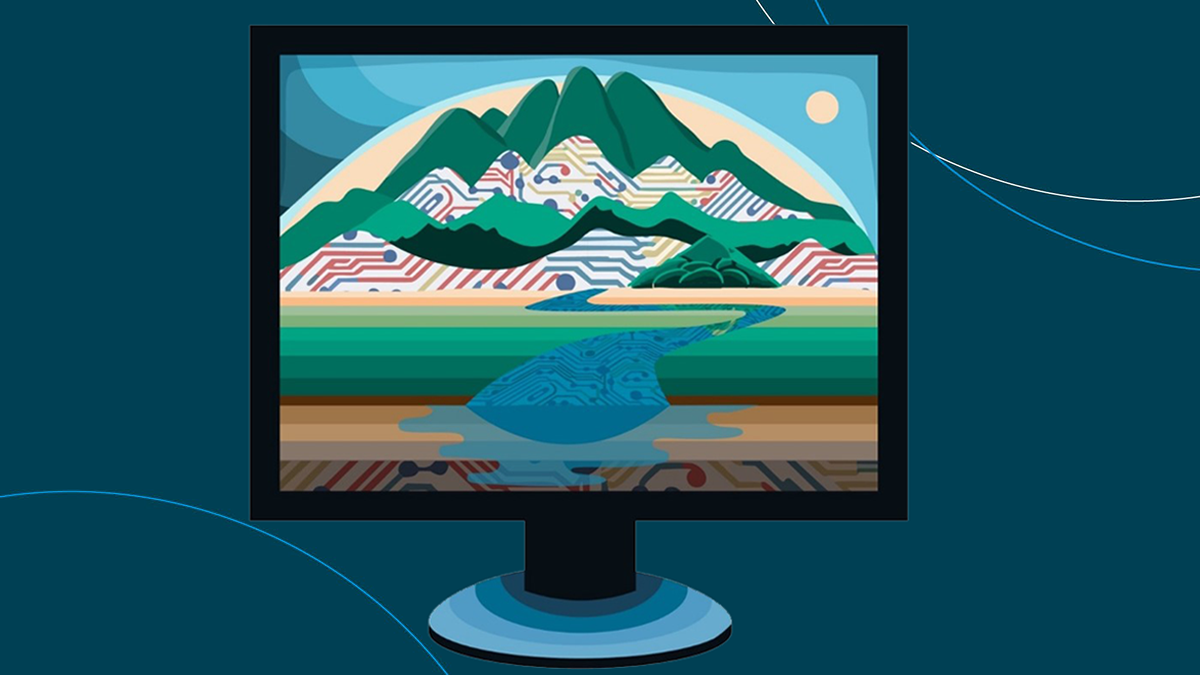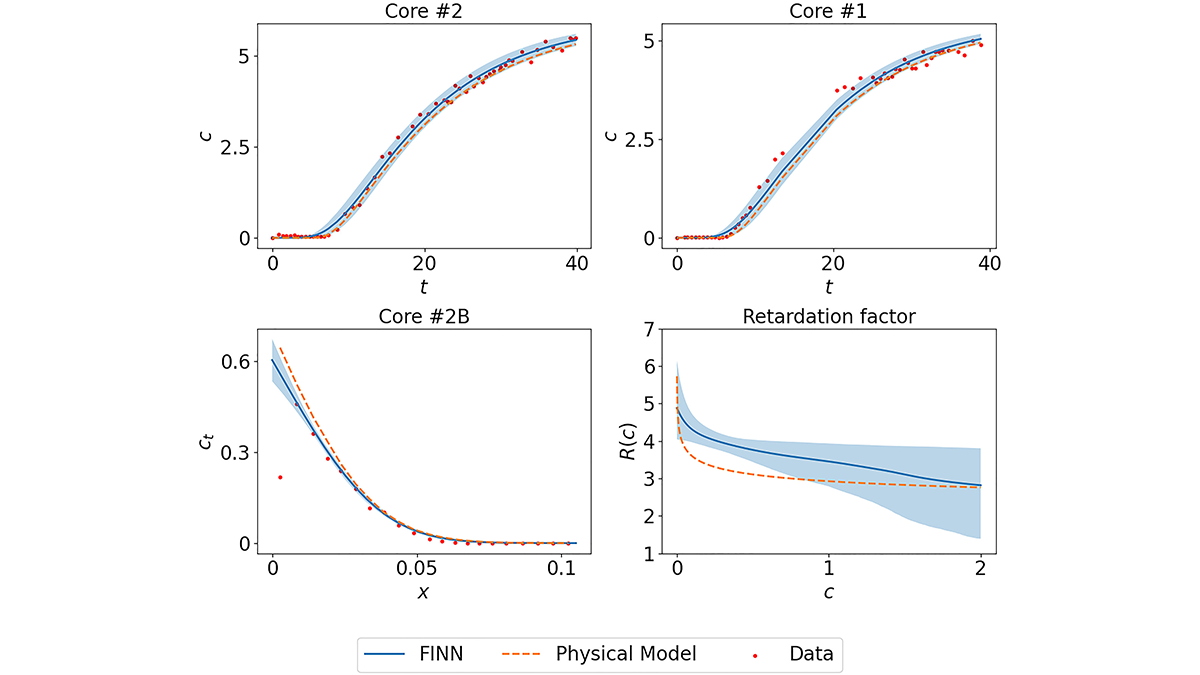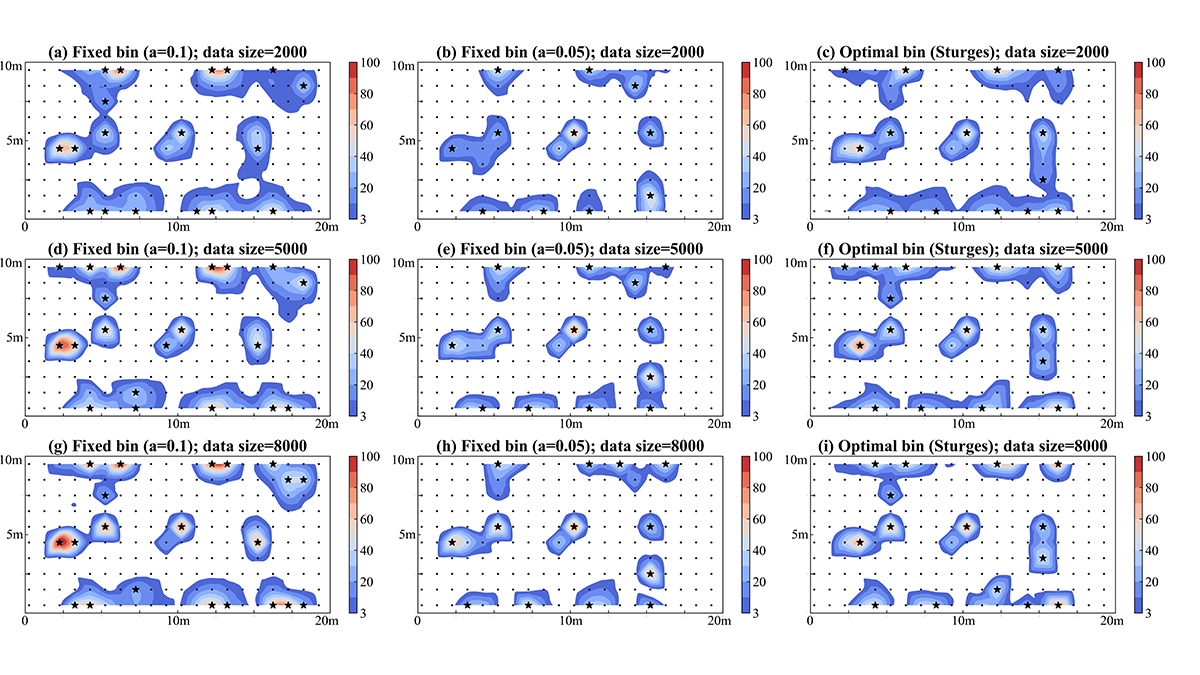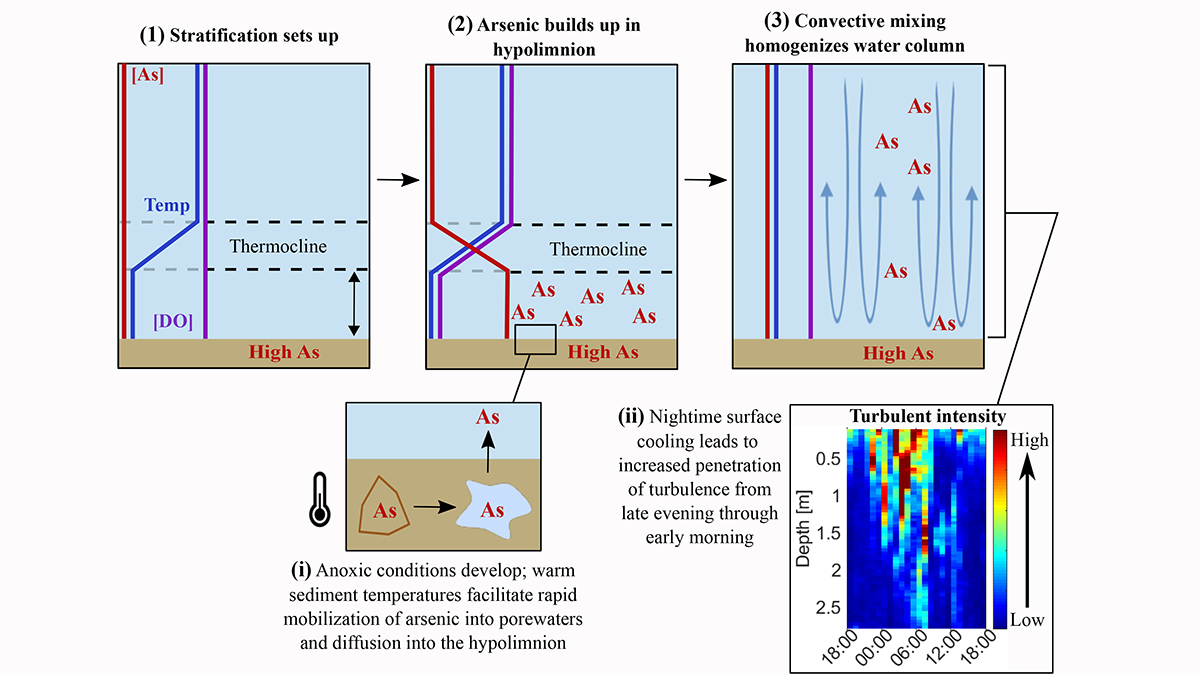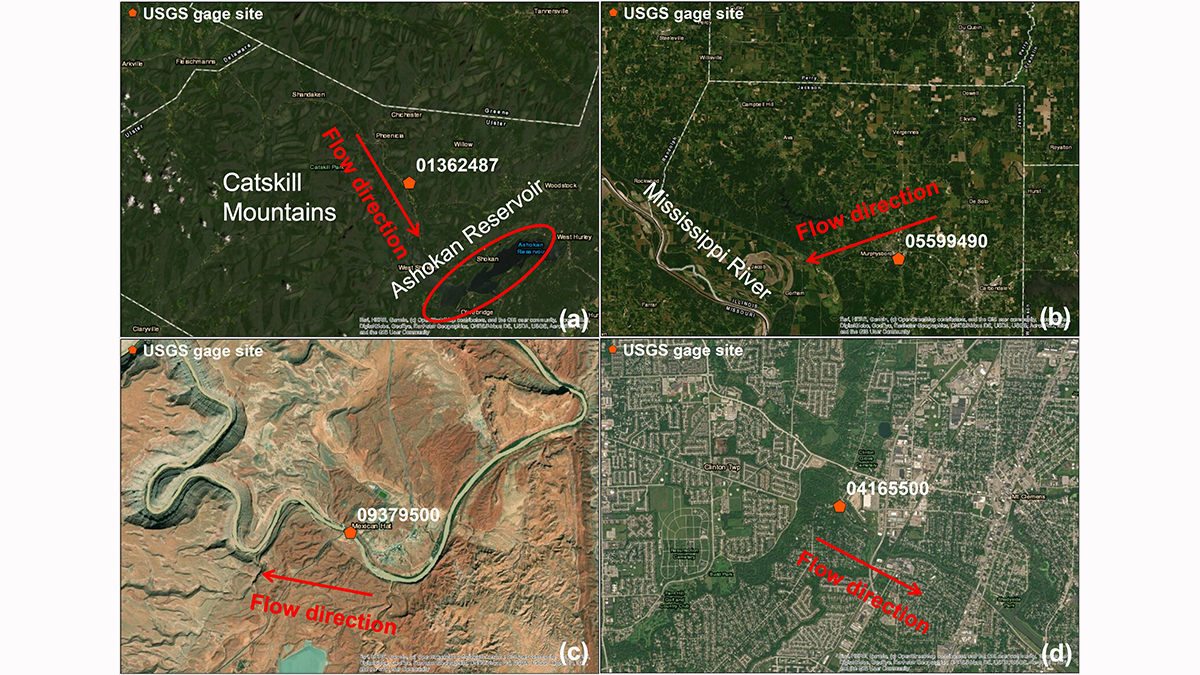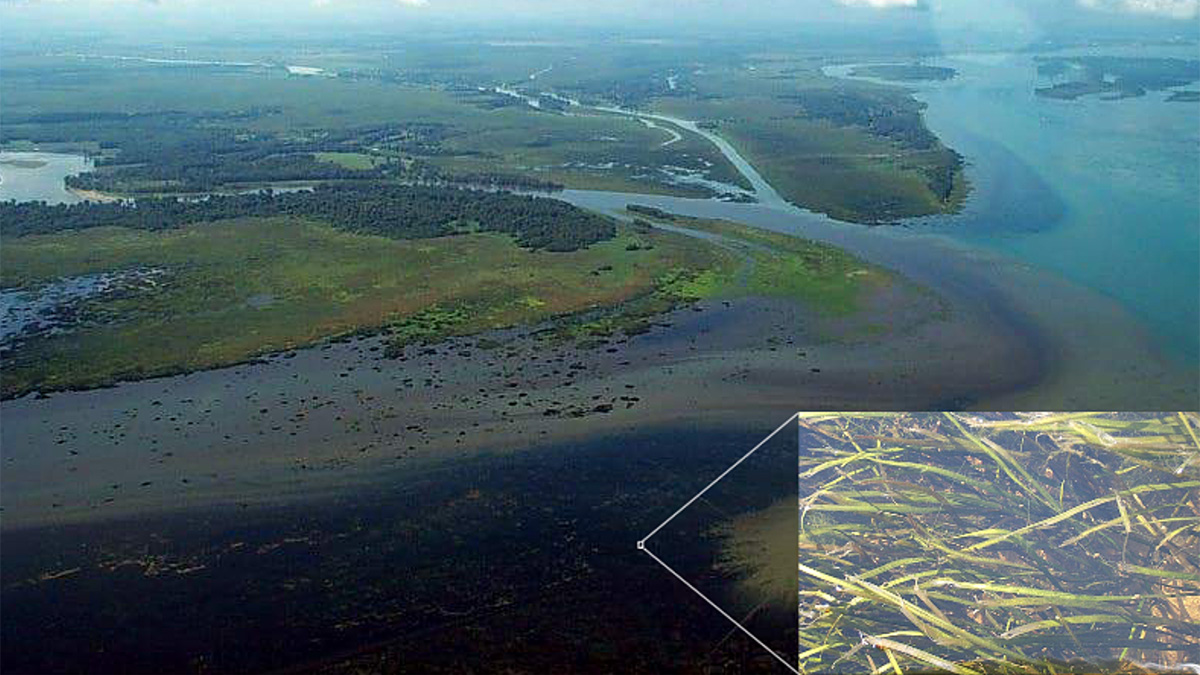A new cross-journal special collection invites contributions that unlock the next frontier in hydrology and Earth sciences through artificial intelligence and machine learning.
Water Resources Research
Meteorological Uncertainty Shapes Global Hydrological Modeling
A new study examines the effects of spatiotemporal precipitation uncertainty on key hydrologic processes, including runoff and soil moisture, in a comprehensive sample of 289 cryosphere regions.
AGU’s Journal Water Resources Research Goes Fully Open Access
AGU continues its commitment to equitable open science by converting Water Resources Research to a fully open access journal in 2024, with robust funding support for publishing fees.
Inductive Approach Reveals Controls on Dissolved Organic Carbon
Machine learning leverages large data sets to reveal hidden patterns explaining when, where, and why dissolved organic carbon moves from hillslopes to streams.
Playing Bricks with Neural Networks to Learn Sorption Processes
Designated neural network modules are combined to mimic numerically-discretized diffusion-sorption equations, which allows learning “missing pieces” in system understanding and their uncertainties.
Using Big Data for Monitoring Network Design and Beyond
Large data sets can be generated using deep learning to improve the design of observation networks for monitoring subsurface flow and transport.
Understanding Enhanced Arsenic Pollution in Shallow Lakes
A new study explains why the arsenic that has accumulated in lake bottom sediments is more harmful to the lake ecosystems in shallow lakes.
Disentangling River Water Turbidity and its Flow
A new study shows why fine sediments in rivers are not simply proportional to the water flow across the United States.
High-Frequency Monitoring Reveals Riverine Nitrogen Removal
Years of daily readings provide an unprecedented view into how a submerged aquatic meadow kept nitrogen from reaching the St. Lawrence Estuary as well as insights on how climate change may alter it.
Deep Learning for Hydrologic Projections Under Climate Change
Extrapolation or not? Big data may help deep learning to go places where it has not been before by transferring learned hydrologic relationships.

